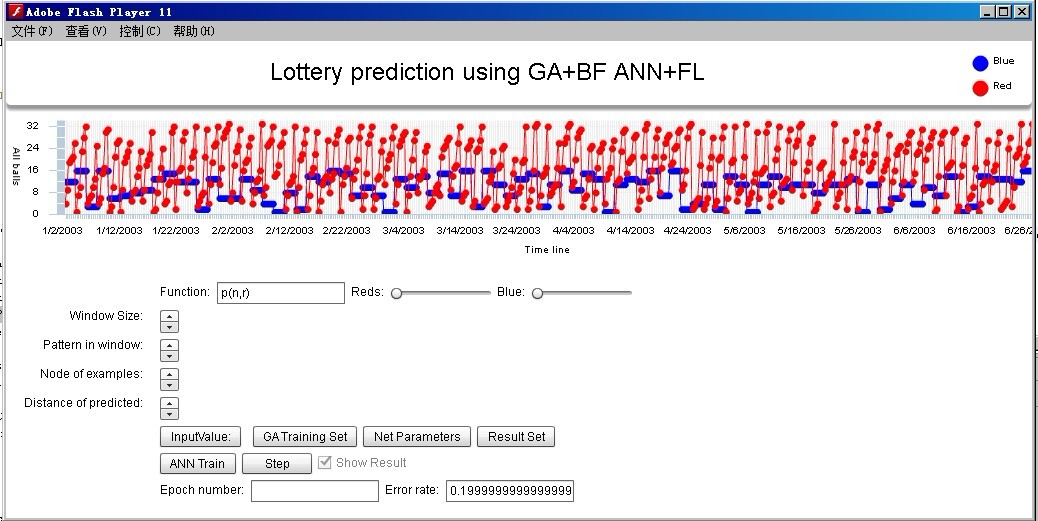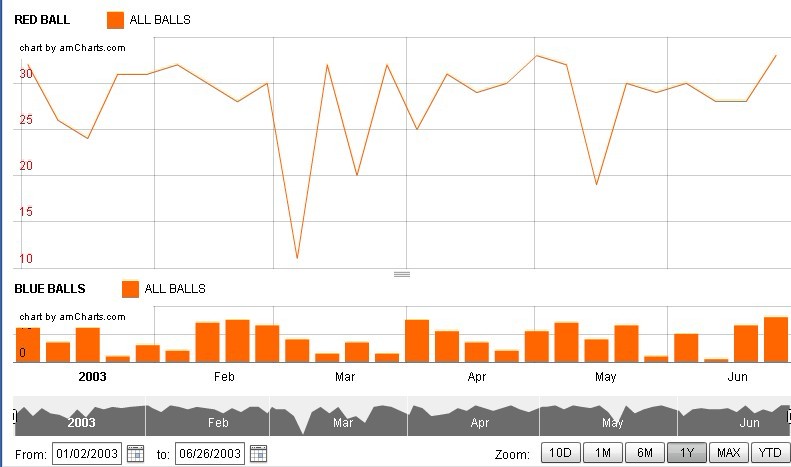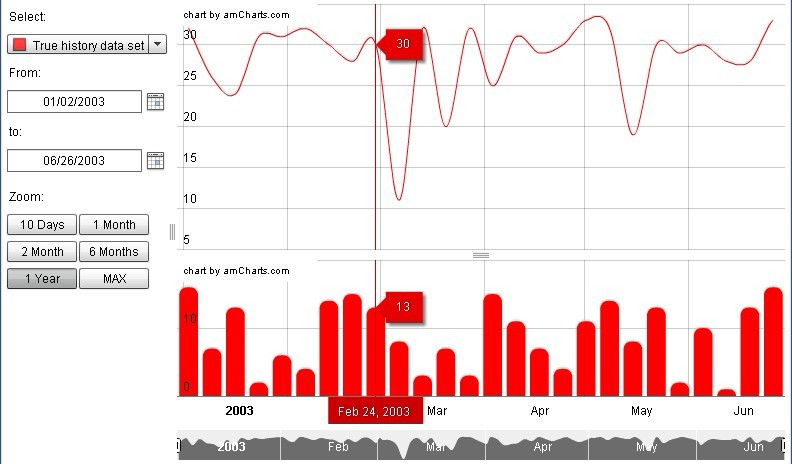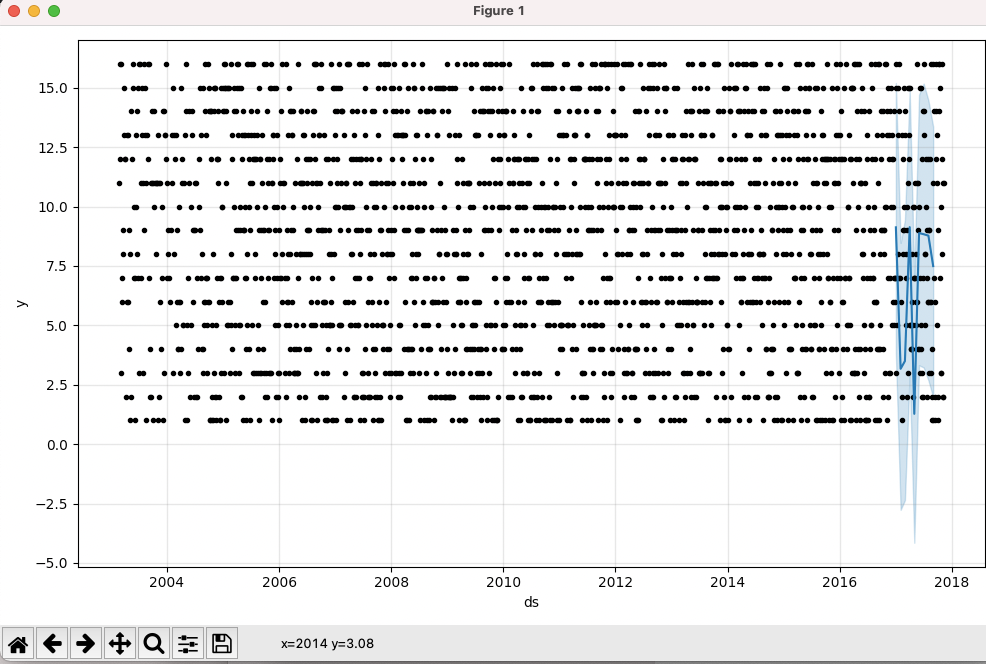Predicting is making claims about something that will happen, often based on information from past and from current state.
Everyone solves the problem of prediction every day with various degrees of success. For example weather, harvest, energy consumption, movements of forex (foreign exchange) currency pairs or of shares of stocks, earthquakes, and a lot of other stuff needs to be predicted. ...
now I am taking the course of Wharton's Business Analytics: From Data to Insights program!
Week 2: Module Introduction and Instructions By the end of Week 2 - Descriptive Analytics: Describing and Forecasting Future Events, you should be able to:
Use historical data to estimate forecasts for future events using trends and seasonality Calculate the descriptive sample statistics for demand distributions Discuss drawbacks of using Moving Averages Forecasting Key Activities for Week 2 Videos 1-29 Practice Quiz 1: Newsvendor Concepts Practice Quiz 2: Moving Averages Practice Quiz 3: Trends and Seasonality Week 2: Knowledge Check Assignment 2: iD Fresh Food Case Study
Cotler Pricing Sheet
*Effective Date: 1204/2023
| Package | Features | Pricing |
|---|---|---|
| Open Source | - Basic analytics functionality | Free |
| - GPTs free trail: [GPTs:https://chat.openai.com/gpts/editor/g-OtkLCltUZ] | ||
| - Limited customization | ||
| ---------------------------------- | -------------------------------------------------------------------- | -------------------------------- |
| Low-Cost, Low-Accuracy | - Enhanced prediction capabilities | $9.99/month |
| - Email support [email protected] or WeChat ID zhenglw532 | ||
| - Limited precision | ||
| - Suitable for small-scale projects | ||
| ---------------------------------- | -------------------------------------------------------------------- | -------------------------------- |
| Mid-High Cost, SOTA Accuracy | - State-of-the-art prediction accuracy | $49.99/month |
| - Priority email and chat support | ||
| - High precision and customization options | ||
| - Suitable for medium to large-scale projects | ||
| ---------------------------------- | -------------------------------------------------------------------- | -------------------------------- |
| Enterprise Custom Solutions | - Tailored solutions for specific business needs | Contact Us for a Quote |
| - Dedicated account manager and premium support | mailto [email protected] | |
| - Advanced machine learning models | ||
| - Scalable infrastructure for high-demand applications |
Notes:
- All prices are listed on a per-month basis.
- Custom enterprise solutions are available upon request; please contact our sales team for detailed discussions.
- Prices are subject to change; please refer to our website or contact our sales team for the most up-to-date information.
For inquiries or to subscribe to a plan, please contact our sales team [email protected].
Use the training data to train the model, adjusting the model's parameters as needed to improve its accuracy.
Use the testing data to evaluate the model's performance and fine-tune it as needed. Deploy the model: Deploy the trained model in a production environment, where it can be used to analyze real-time lottery data and make predictions about future draws.
This is just one possible approach to building an AI transformer architecture model for time-series lottery data analytics.
There may be other approaches that could also be effective, depending on the specific requirements and constraints of the project.
streamlit: https://docs.streamlit.io/en/stable/api.html#display-data
plotly:https://plotly.com/python/time-series/
https://yangboz.github.io/labs/lp/LotteryPrediction_AmCharts_R.swf https://yangboz.github.io/labs/lp/LotteryPrediction_AmCharts_RCX.swf https://yangboz.github.io/labs/lp/LotteryPrediction_FlexCharts.swf
besides of following "law of proability","Probability: Independent Events", there are still "Saying "a Tail is due", or "just one more go, my luck is due to change" is called The Gambler's Fallacy" existed.
here we are not garantee to help with you to win lottery prize. if you got lucky from here. please donate here, we also donate to charities.
[howto install and use it?]https://github.com/yangboz/LotteryPrediction/wiki#how-can-i-install-and-use-it
first of first, we can not grantee 100% of prediction accuracy to your get rich dream.
custom company service mailto: [email protected], with your sample history lottery-data, and must have plain text of game-rule's introduction.
http://deeplearning4j.org/usingrnns.html
http://www.scriptol.com/programming/list-algorithms.php
http://www.ipedr.com/vol25/54-ICEME2011-N20032.pdf
http://www.brightpointinc.com/flexdemos/chartslicer/chartslicersample.html
http://stats.stackexchange.com/questions/68662/using-deep-learning-for-time-series-prediction
Python data-mining and pattern recognition packages
Python Machine Learning Packages
Conference on 100 YEARS OF ALAN TURING AND 20 YEARS OF SLAIS
Python Multivarite Pattern Analysis
Neural Lotto — Lottery Drawing Predicting Method
[TensorFlow Tutorial for Time Series Prediction:] (https://github.com/tgjeon/TensorFlow-Tutorials-for-Time-Series)
https://github.com/yangboz/LotteryPrediction/tree/master/pocs
1.A single variable:Shape and Distribution; ( Dot/Jitter plots,Histograms and Kernel Density Estimates,Cumulative Distribution Function,Rank-Order...)
2.Two variables:Establishing Relationships; ( Scatter plots,Conquering Noise,Logarithmic Plots,Banking...)
3.Time as a variable: Time-Series Analysis; (Smoothing,Correlation,Filters,Convolutions..)
4.More than two variables;Graphical Multivariate Analysis;(False-color Plots,Multi plots...)
5.Intermezzo:A Data Analysis Session;(Session,gnuplot..)
6...
1.Guesstimation and the back of envelope;
2.Models from scaling arguments;
3.Arguments from probability models;
4...
1.Simulations;
2.Find clusters;
3.Seeing the forest for the decision trees;
4....
1.Reporting, BI (Business Intelligence),Dashboard;
2.Financial calculations and modeling;
3.Predictive analytics;
4....
=======
Phase I.Graphics: Looking at Data;
1.A single variable:Shape and Distribution; ( Dot/Jitter plots,Histograms and Kernel Density Estimates,Cumulative Distribution Function,Rank-Order...)
2.Two variables:Establishing Relationships; ( Scatter plots,Conquering Noise,Logarithmic Plots,Banking...)
3.Time as a variable: Time-Series Analysis; (Smoothing,Correlation,Filters,Convolutions..)
4.More than two variables;Graphical Multivariate Analysis;(False-color Plots,Multi plots...)
5.Intermezzo:A Data Analysis Session;(Session,gnuplot..)
6...
Phase II.Analytics: Modeling Data;
1.Guesstimation and the back of envelope;
2.Models from scaling arguments;
3.Arguments from probability models;
4...
Phase III.Computation: Mining Data;
1.Simulations;
2.Find clusters;
3.Seeing the forest for the decision trees;
4....
Phase IV.Applications: Using Data;
1.Reporting, BI (Business Intelligence),Dashboard;
2.Financial calculations and modeling;
3.Predictive analytics;
4....
fbprophet model finetune: https://facebook.github.io/prophet/docs/quick_start.html
according to ChatGPT's advice:
Writing a lottery prediction program can be a challenging task as it involves analyzing past lottery results, identifying patterns, and using statistical techniques to make predictions about future draws.
Here are some steps you can follow to write a lottery prediction program:
Collect data: Gather a large dataset of past lottery results, including the numbers drawn and the date of the draw.
Preprocess data: Clean and organize the data to remove any errors or inconsistencies.
Analyze data: Use statistical techniques such as frequency analysis, clustering, and regression to identify patterns and trends in the data.
Build a model: Use the insights gained from the data analysis to build a predictive model that can make predictions about future lottery draws.
Test the model: Use the model to make predictions on a separate dataset of past lottery results and evaluate its performance.
Fine-tune the model: If necessary, make adjustments to the model based on the results of the testing phase to improve its accuracy.
Implement the program: Write the code for the lottery prediction program, including any necessary user interfaces and input/output mechanisms.
It is important to note that the accuracy of a lottery prediction program
will depends on the quality of the data,
the complexity of the model,
and the skill of the developer.
There is no guarantee that a lottery prediction program will be successful,
and using such a program for financial gain may not be legal in some jurisdictions.
TensorFlow Tutorial for Time Series Prediction: https://github.com/tgjeon/TensorFlow-Tutorials-for-Time-Series
Time Series Forecasting made easy with Darts
ETSformer: Exponential Smoothing Transformers for Time-Series Forecasting
https://blog.salesforceairesearch.com/etsformer-time-series-forecasting/
https://www.datascience.us/predicting-success-in-lottery-with-deep-learning/
https://github.com/yangboz/LotteryPrediction/wiki
Commercial support and training is available , please mailto [email protected] or WeChat ID zhenglw532 with your historic-data and plain english description and budget plan 10$~50$ PER CASE .
Transformer way: https://github.com/yangboz/Informer2020?tab=readme-ov-file
LLM way: https://github.com/KimMeen/Time-LLM/tree/main/scripts





